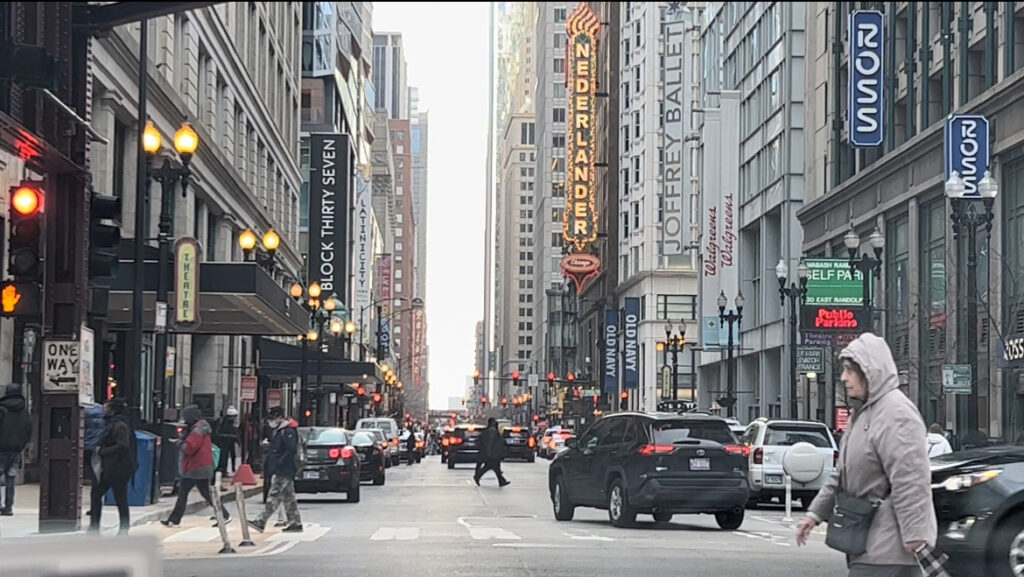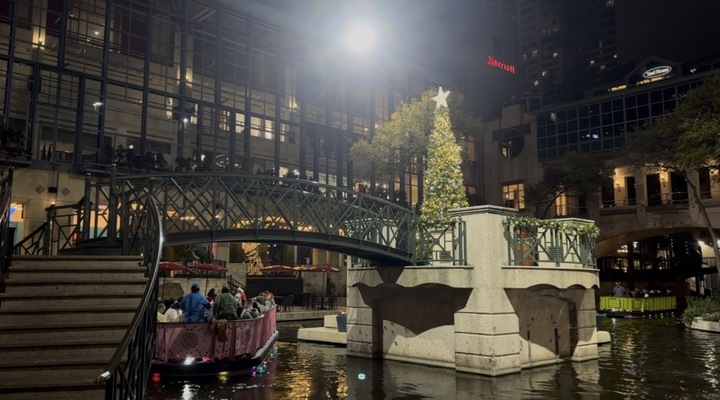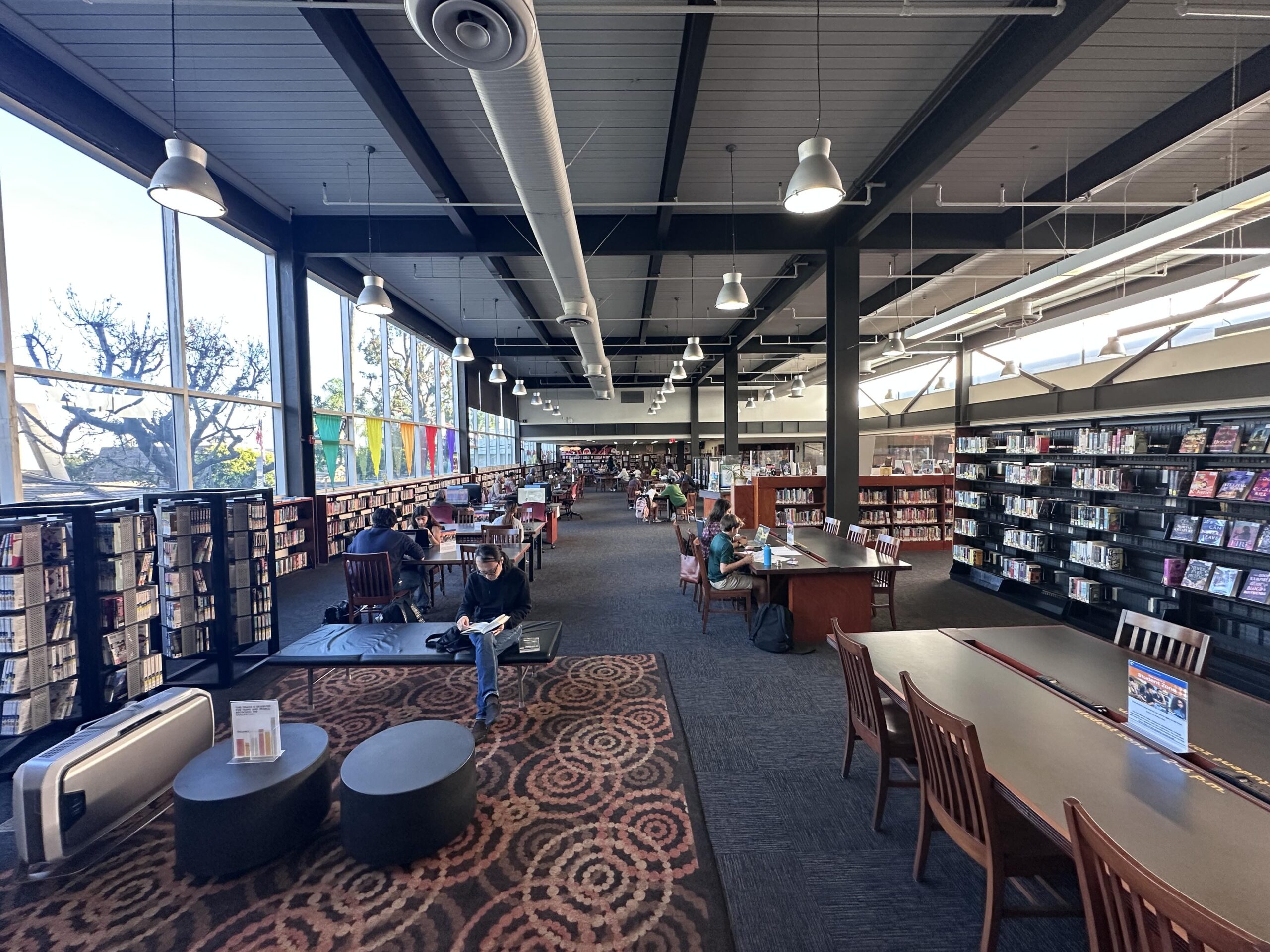(CHICAGO) — Adia Alli and Sonia Goldberg are twentysomething actors in Roger’s Park, Chicago, who have worked in the performing arts industry for years. However, once the pandemic started, Alli and Goldberg had to readjust their professional and personal lives as theaters began postponing productions and the entire industry went dark.
After suffering a loss of arts and culture during the height of the COVID-19 outbreak, the actors used digital opportunities and personal relationships to stay creative.
Alli and Goldberg spoke with The Click to share their journeys, their take on the current state of the industry, and their optimism for the future of Chicago theater.
A Professional Pivot
Alli invested her time in different creative endeavors, such as script workshops and creative discussions with close friends. “Being active in the community and hustling can get incredibly exhausting,” Alli said. “Though it was disconcerting, I did enjoy not having to leave my apartment and getting the rest that I deserve and need.”
Goldberg went digital during the pandemic, taking advantage of the rise of performing theater via Zoom. “During COVID, I participated in several Zoom productions put on by local theaters. They were live, and audiences bought tickets and received links to tune in.”
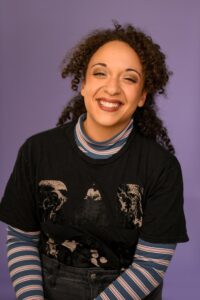
[Credit: Facebook page of Sonia Goldberg, used with permission]
“Wild, to think we ever could do that,” Goldberg said about the production. “[Children aged 0-5] sat tightly packed, and we handed out small goody bags to them that contained small props they used throughout the show. We sanitized them, but that is absolutely unheard of now!”
The audience is an integral part of the theater experience. Now, that same audience needs to decide if the new safety protocols are worth it to enjoy live shows.
“I am cautiously optimistic,” Goldberg said. “Folks are being diligent about masks and vaccination cards. I hope we continue to get tested vigilantly and report cases to minimize spread in our performance community.”
Reintroducing the audience is key to the financial recovery of theaters across Chicago. Findings by Arts Alliance Illinois show that the arts industry generates $30 billion annually in the Prairie State.
Facing Community Challenges
Another issues is that black and brown art communities hit hardest by COVID-19 find it challenging to bounce back with audiences. These communities, historically see fewer opportunities, which subsequently means less money and little resources available.
Alli and Goldberg have professional and amateur credits throughout Chicago; differences in the financial and social structures of the theaters they worked in were discernible depending on the area.
Goldberg shared that the predominately white and affluent theaters on the north side of the city are coming back first. “I haven’t seen any explicit efforts to bring other communities in — folks are just trying to restart what they’ve done before, maybe with more effort on diversity, but that’s it. A radicalization could have taken place, but things seem pretty much business as usual.”
Alli shared similar sentiments. “There is definitely an unjust imbalance of theaters in Chicago that needs to be addressed and fixed.”
She also stressed the importance of recognizing the work being done by overlooked Chicago theaters. “I actually think many of the theaters and artistic communities on the south and west side of the city are far ahead at challenging the systems and art more than other organizations in the other areas are doing,” Alli said. “They are more inclusive and more responsive to the needs of their communities and those who are born and raised there.”
Challenging the system was an attitude that sparked movements during the lockdown. Theater companies had to face harassment and abuse allegations.
During her time at Greater Chicago’s Writers Theatre in Glencoe, Illinois, Goldberg said she saw a weak effort in addressing the allegations against the now resigned artistic director, Michael Halberstam. In 2017, Halberstam was accused of harassment from an assistant director working alongside him in a production. The Writers Theatre Board of Trustees acknowledged after the investigation that Halberstam “made inappropriate and insensitive comments in the workplace.” Halberstam agreed to compliance training and retained his position until July 2021.
At the national level, the BIPOC theater community mobilized to create We See You, W.A.T., a large collective of theater-makers at all career stages to call out and rectify racism, specifically anti-Blackness in the industry. The website says the collective’s goal is to “amplify, protect and support those who are most vulnerable and those who are emboldened to speak out.”
Alli spoke on how the lockdown gave space for these evaluations and how it affected her place of work in the theater.
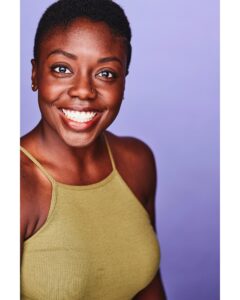
[Credit: Facebook page of Adia Alli, used with permission]
The Click asked what opportunities look like for the actors post-lockdown.
Goldberg said that more auditions have been popping up. “From radio silence to at least a few per week, nearly ‘back to normal,” she said.
“And with folks leaving leadership positions, and with companies hoping to fill those positions with BIPOC/queer/marginalized folks, there have definitely been more openings and efforts happening,” she added.
With a hopeful outlook on the future, Alli said, “By this time next year, the industry will be close to what it looked like before the pandemic. I also think that in addition to live performances, we will see more organizations implement virtual options since many have explored and continue to explore that option now.”
The numbers for 2020 show that Chicago’s arts and culture organizations saw about a 174% difference in financial loss compared to the national average, solidifying a longer road ahead to the industry’s recovery. With the statistics, cultural reckoning, and a pandemic with no hints of ending, the theater industry has to put in the work to create a community that is safe, inclusive, and ready for what comes next. For Alli and Goldberg, they will continue to make sense of all this on their own.
